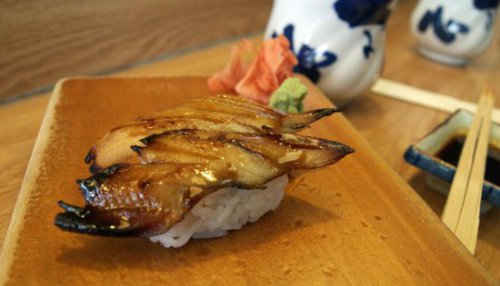
It is the degradation of their freshwater habitats in particular which is causing the loss of population. As July 24th, the Ushinohi “eel day” approaches in Japan, the need for conservation and awareness is magnified. Freshwater eel is not just declining because of demand. Overfishing, loss of habitat and large scale, gradual shifts in ocean conditions are all contributing to the lowering population of freshwater eel. When a species of seafood becomes overfished, there is generally a push towards farming initiatives in order to produce a sustainable, cost-effective method of production. In the case of freshwater eel, farming is one of the leading causes of their decline. Farmed eel are taken from their habitats when young and brought to farms in order to grow. This has the effect of taking eel out of their natural breeding cycle, as the eel are not at the reproductive stage when taken from their habitats. Eel farming is done with open net pens, which has the added effect of allowing parasites, waste products and diseases to be introduced to the natural habitats.
Japanese eel populations have been decimated in the past half century due to factors ranging from unsustainable farming practices, climate change, and also barriers in waterways. As freshwater eel are born in the ocean, they must be able to travel back to their freshwater habitats in order to proceed in the five stages of their life. Dam construction has prevented upstream migration of eel, and agricultural, urban and industrial developments have all combined to put stress on the species.
Japan has reacted to the threats to their eel populations by placing a ban on the catch of juvenile eel. But IUU (illegal, unregulated and unreported) fishing is taking a toll on the population of this endangered species. The IUCN estimates that illegal fishing of eel could represent twice the amount of licensed eel fishing. Until world fisheries are able to cut down on illegal fishing, no conservation effort or management plan is going to be able to stop the decline in freshwater eel.
I have always been fascinated by the creation and culture of different foods, particularly sushi and sashimi in the modern era of Japanese cuisine. I am a classically trained chef and sushi connoisseur, also having operated a food service company and enjoy investigating and experimenting with food around the world.
Why is the article about unagi when the accompanying photo of uni?
That’s because I’m a dummy and used the wrong picture. 🙂 I fixed it, but thank you for bringing it to my attention. 🙂